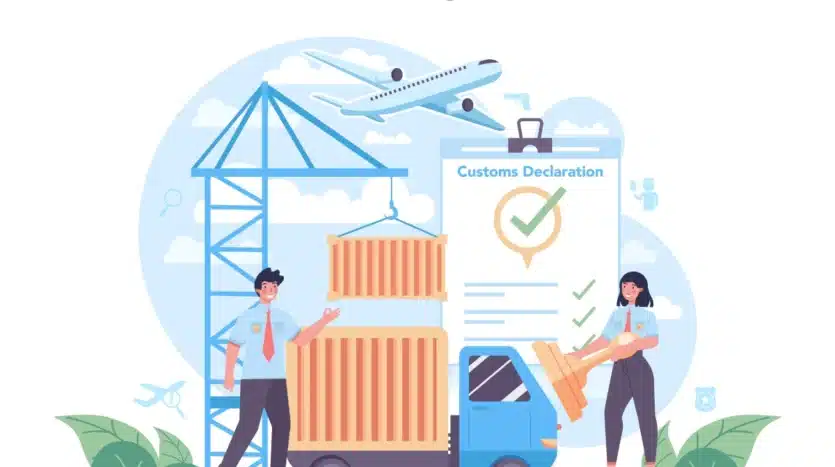Indonesian Customs Clearance Guide for Korean Exporters
Understanding Indonesian Customs: Clearance Procedures for Korean Exporters
In 2024, South Korean companies exported more than USD 8 billion worth of goods to Indonesia. A significant portion of this trade involved construction materials, high-end interior finishes, and equipment for the country’s rapidly expanding property and housing market. The opportunities are lucrative, but they also come with a challenge. Every shipment must go through Indonesian customs clearance, and delays at this stage can disrupt entire project timelines.
For Korean exporters, particularly those supplying goods for time-sensitive developments such as apartment complexes or residential estates, understanding Indonesia’s customs procedures is not just helpful. It is essential to ensuring smooth delivery and avoiding unnecessary costs.
Why Customs Clearance Matters
In the property industry, delays can quickly escalate. A shipment of imported marble flooring, for example, held at customs for a week could postpone the handover of multiple apartment units. This can lead to penalty costs, strained client relationships, and even contract disputes.
Customs clearance is managed by Indonesia’s Directorate General of Customs and Excise (Bea Cukai). Its purpose is to ensure all imported goods comply with national regulations, safety standards, and tax requirements. For exporters, a clear grasp of this process can mean the difference between a two-day clearance and a two-week delay.
Key Authorities and Systems in Indonesia
Korean exporters will primarily deal with:
- Directorate General of Customs and Excise (DGCE) – the main customs authority.
- Indonesia National Single Window (INSW) – an online platform for submitting and processing customs documentation.
- Customs-Excise Information System and Automation (CEISA) – a system used for tracking declarations and managing clearance steps.
These platforms are essential for smooth processing, particularly when handling complex or high-value shipments such as modular housing units, prefabricated panels, or luxury fixtures.
Required Documentation for Indonesian Customs Clearance
Before shipping, exporters should prepare the following documents:
- Commercial Invoice with a full description of goods, quantities, and values.
- Packing List detailing weights, volumes, and packaging.
- Bill of Lading or Air Waybill as proof of shipment.
- Certificate of Origin (Form AK) to benefit from reduced tariffs under the ASEAN-Korea Free Trade Agreement.
- Import License (API-U or API-P) of the Indonesian importer.
Even a minor mismatch, such as an HS code error, can delay customs release. For example, one Korean interior supplier recently saw a shipment of natural stone held for 10 days because the HS code listed was for ceramic tiles.
Step-by-Step Indonesian Customs Clearance Process
- Pre-shipment preparation
Confirm the correct HS codes for your products, check if they are classified as restricted goods, and ensure the Indonesian importer has a valid license. - Arrival and manifest submission
When goods arrive at an Indonesian port or airport, the carrier submits a manifest to customs. - Customs declaration
The importer or their appointed broker submits an import declaration through the INSW system, attaching all supporting documents. - Inspection and risk channel assignment
Shipments are assigned to one of three channels:
-
- Green Channel: minimal checks, usually cleared in 1 to 2 days.
- Yellow Channel: document verification, typically 3 to 5 days.
- Red Channel: full inspection, which can take up to 7 days.
- Payment of duties and taxes
Import duty, Value Added Tax (VAT), and other applicable taxes are calculated based on the CIF (Cost, Insurance, and Freight) value. Duty rates generally range from 5% to 15%, with VAT at 11%. - Goods release
Once payment is confirmed and inspections are complete, goods are cleared for delivery to the final destination.
Common Challenges and How to Avoid Them
- Incorrect HS codes resulting in miscalculated duties and penalties.
- Incomplete or inconsistent documentation slowing down clearance.
- Under- or over-declared values triggering additional checks.
- Using inexperienced customs brokers unfamiliar with your product category.
For housing and property-related imports, choosing a broker experienced in handling high-value and fragile goods is critical.
Best Practices for Faster Clearance
- Start preparations early to align with your shipping and project schedules.
- Confirm the latest import regulations for your specific goods.
- Take advantage of the ASEAN-Korea Free Trade Agreement to reduce costs.
- Keep open and regular communication with your Indonesian partner or broker.
Final Thoughts
For Korean exporters aiming to supply Indonesia’s dynamic property and housing sector, customs clearance is not simply a formality. It is a pivotal stage that can determine the success or failure of a shipment.
By preparing accurate documentation, working with experienced partners, and understanding the clearance process, exporters can reduce delays, control costs, and protect their business reputation. If you are planning your next shipment, now is the time to review your HS codes, verify your partner’s licenses, and consult a trusted customs broker. A few extra steps before shipment can save days or even weeks once your goods arrive in Indonesia.
Featured image by Freepik












